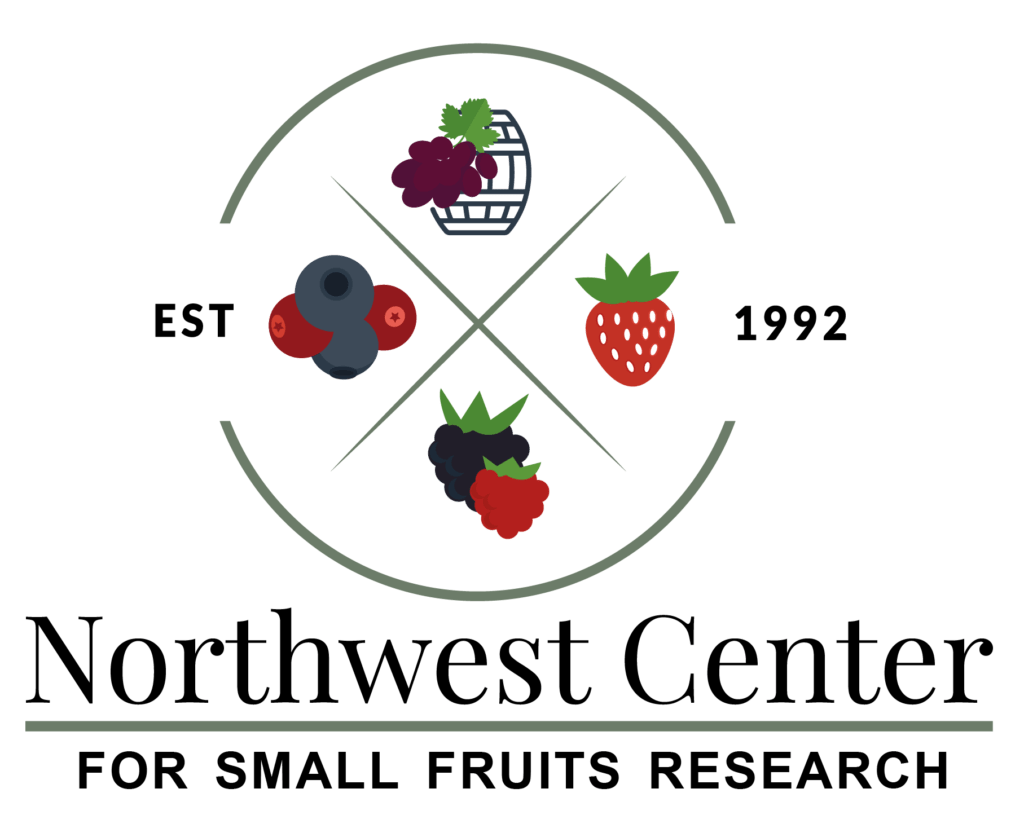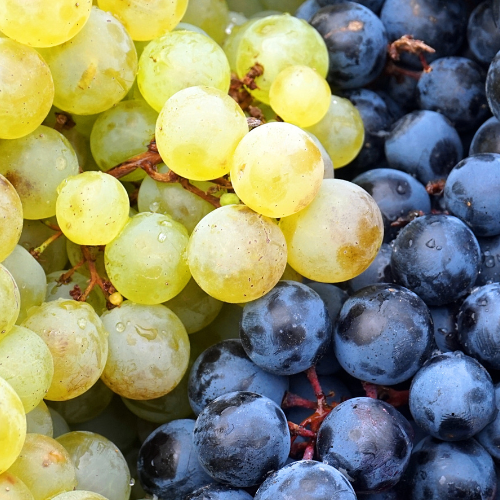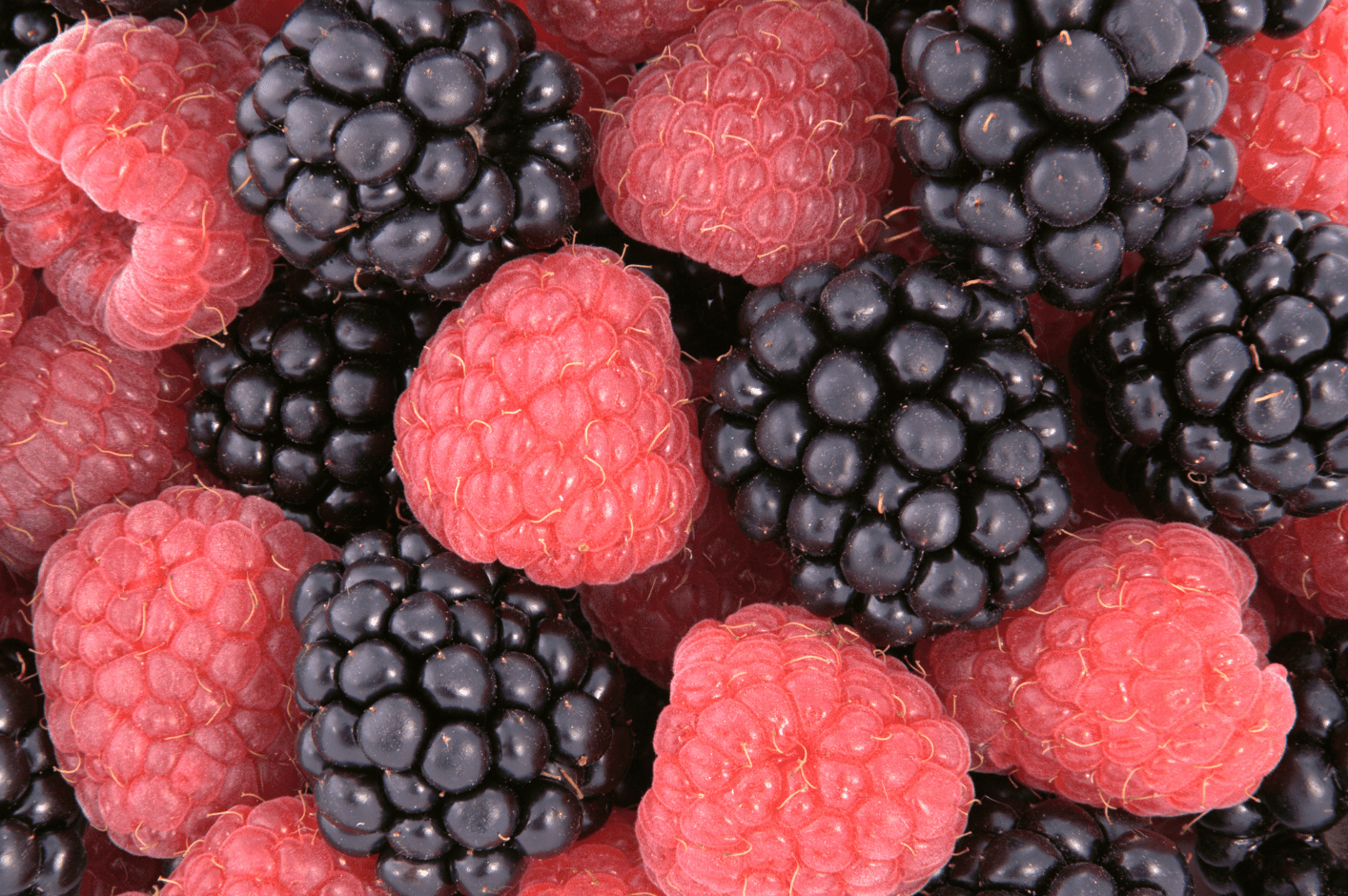Heat stress in wine grapes: acclimation and potential mitigation
Heat stress poses challenges for the sustainable production of premium wine grapes in the Pacific Northwest. The intensity of heat waves has been increasing. For example, the series of heat wave events in 2021 broke temperature records in many locations in this region, and heat waves were again common during the 2022 and 2023 growing season. Growers need knowledge of how grapevines adjust to heat waves or sudden temperature changes to make informed management decisions. We grew potted grapevines in environmentally controlled growth chambers under different temperature regimes (simulating cool and warm growing seasons) before exposing the vines to sudden temperature changes with maximum temperatures varying from 77°F to 104°F. Photosynthesis measurements showed that grapevines might tolerate a sudden rise in temperature better in a warm than a cool season. During extended heat waves, however, the cool season-acclimated vines recovered faster than the warm season-acclimated vines.





